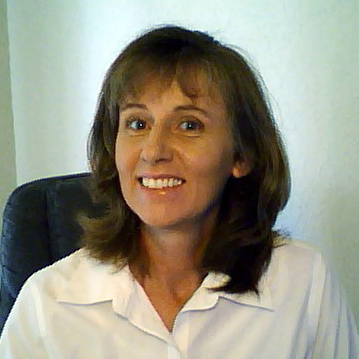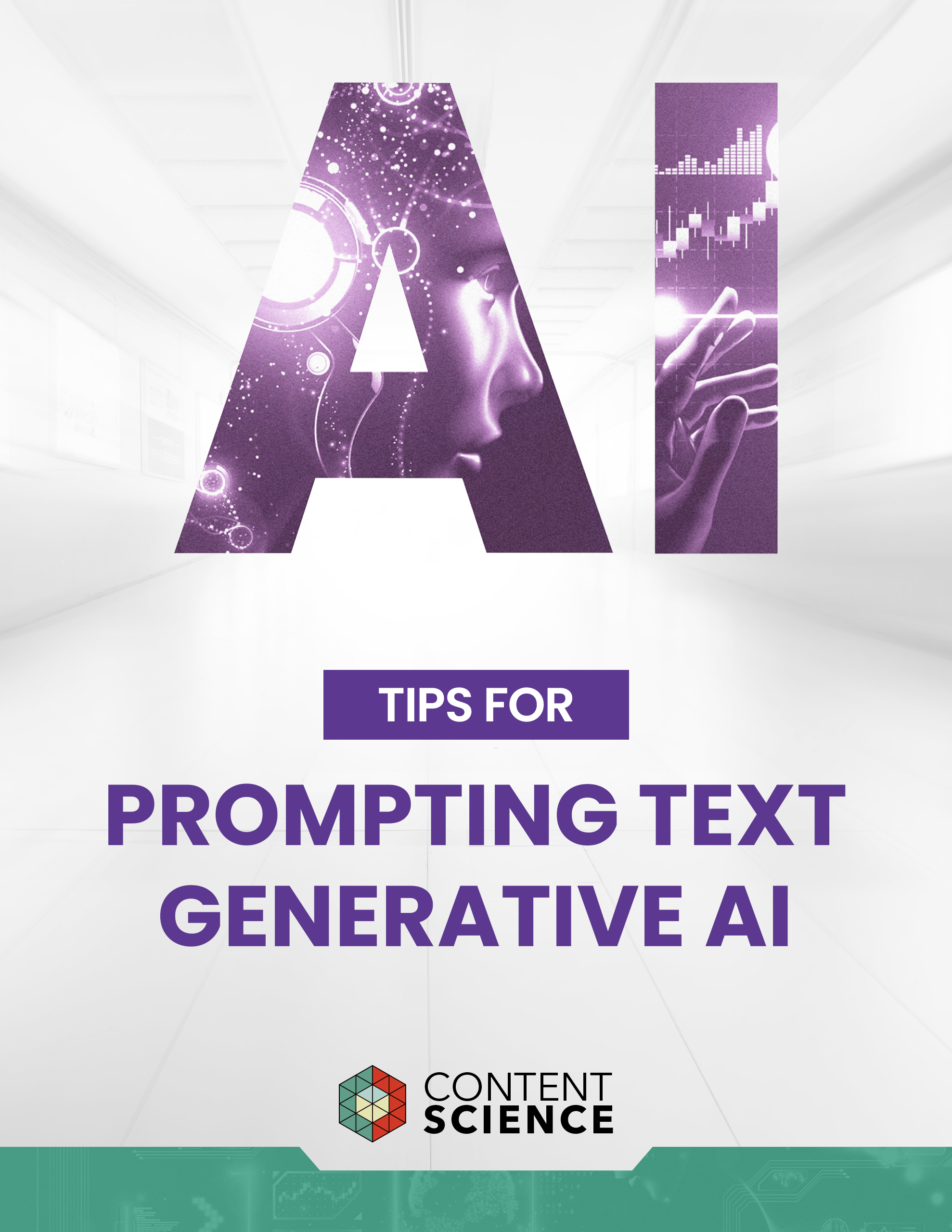
Throughout my career, I’ve held such a variety of job titles that it may seem at first glance that I’ve had an erratic career path. I’ve been an instructional designer, a technical writer, an information specialist, a presentation designer, a proposal manager, a trainer, a technical editor, a journalist, a graphic designer, and a process engineer. I’ve worked under sales, marketing, training, product development, and, in some cases, without a departmental umbrella of any kind.
Despite appearances, my career path has been incredibly focused and cohesive. Regardless of department, job title, or industry, my daily tasks have been essentially the same: I collect information and turn it into content by following best practices in writing, editing, formatting, designing, and organizing information. Every job I have held consists of applying principles related to grammar, capitalization, punctuation, spelling, color, white space, composition, order of appearance, logic, and more.
Over the years, the most important lesson I’ve learned is that effective content strategy must follow best practices in both marketing and technical communication.
False Dichotomy
I’ve observed an artificial boundary between marketing communication and technical communication throughout my content career – a false dichotomy reinforced by organizational silos, tribalism, our education system, and a general lack of understanding. I’ve walked the boundary between these two worlds, galvanized by the potential of bringing them together.
This false dichotomy, at its best, leads to ineffective communication, inefficient processes, and inconsistent messaging. It has a negative impact on the customer experience and on a company’s bottom line. At its worst, it leads to outright hostility.
With one foot in either camp, so to speak, I can see where the hostility comes from. Technical communicators tend to think that marketing communicators create content that is unreliable, inaccurate, inconsistent, or “fluffy.” Marketing communicators tend to think that technical communicators create content that is useless, dense, incomprehensible, or just plain ugly.
And there is truth in both of these viewpoints.
While marketing communicators tend to produce visually appealing deliverables, they can be misleading or vacuous, with egregious, if trivial, errors that, in the mind of a technical communicator, are an unforgivable demonstration of carelessness or duplicity.
And while technical communicators tend to produce accurate, detailed deliverables that are precise down to the use of each and every comma, they can be irrelevant, needlessly dense, and visually repugnant, which, in the mind of a marketing communicator, demonstrates an unforgivable disregard for creativity, aesthetics, and user experience.
Accepted Definitions
If we look carefully at industry-accepted definitions of marketing and technical communication, the absurdity of the false dichotomy becomes clear.
The American Marketing Association defines marketing as:
“…the activity, set of institutions, and processes for creating, communicating, delivering, and exchanging offerings that have value for customers, clients, partners, and society at large.”
The Society for Technical Communication defines technical communication as:
“…a broad field [that] includes any form of communication that exhibits one or more of the following characteristics:
Communicating about technical or specialized topics, such as computer applications, medical procedures, or environmental regulations.
Communicating by using technology, such as web pages, help files, or social media sites.
Providing instructions about how to do something, regardless of how technical the task is or even if technology is used to create or distribute that communication.”
Both definitions, on close examination, claim to encompass literally all business communication. If you were to draw a Venn diagram that includes the three categories of business communication in general, marketing, and technical communication, the three circles would overlap entirely.
Neither of these definitions offer a meaningful distinction between marketing communication and technical communication. And both infer a grandiose significance that perpetuates existing divisions.
The “Real” Differences Aren’t So Real
It’s important to note the real differences in developing content for particular audiences and media. For example, both the product and the process for a direct-to-consumer web banner are markedly different than for a business-to-business sales presentation.
In terms of product, a direct-to-consumer web banner needs to be emotionally evocative to inspire an immediate response, while a sales presentation needs to be credible to inspire a strategic response. In terms of process, a web banner requires knowledge of web design, while a sales presentation requires knowledge of presentation design. Both processes are highly technical at an advanced level and require some level of specialization.
Yet, tailoring a content strategy to audience and media is not a characteristic that differentiates between marketing and technical communication – it is a hallmark of effective best practices within marketing and technical communication. Both marketing and technical communicators agree that you must tailor your products and processes for the intended audience and the final output.
On a practical level, the basic guiding principles for an effective content strategy are the same, regardless of organizational departments, job titles, or tribes. In terms of product, these principles include the proper use of language (grammar, capitalization, punctuation, spelling, etc.) and the proper use of design (color, white space, order of appearance, symbology, etc.). In terms of process, these principles include guidelines and tools (style guides, brand identity guides, stylesheets, templates, etc.), effective project management, and quality assurance.
On a conceptual level, the basic guiding principles are also the same. In terms of product, an effective content strategy results in content that is relevant, accurate, complete, useful, findable, concise, clear, consistent, organized, and visually appealing. In terms of process, an effective content strategy is efficient, supports larger business objectives, and ultimately results in increased profits.
Utopia
I imagine a world in which the traditional barriers between marketing and technical communication are dissolved so that all members of an organization are working in concert under a single umbrella of business communication to champion the organization’s primary products and services, and to enable success for both external customers and internal partners.
This is not a new idea. Professionals in all areas of business communication are advocating for a more unified approach. However, even within these movements to move toward a more unified approach, the traditional biases and boundaries persist, as both fields continue to operate under the damaging assumption that there is a fundamental difference in product and/or process, when there is not.
Next Steps
So, what’s next? We can start by being less defensive and more inclusive. We need to be more intellectually and professionally curious and actively step outside of narrowly defined roles to learn and collaborate. We need to acknowledge our limitations, and welcome feedback and refinement. Creating business relationships and structures that support streamlined processes and shared goals would also help, as would broadening and refining our way of thinking and the language we use to discuss effective business communication and content strategy.
We need to acknowledge that marketing communication is technical communication, and that, conversely, technical communication is marketing communication.
Restructuring organizations so that business communication is centralized, and not subordinate to sales, product development, training, and the other departments that rely on communication for success is also a valid course of action, as is educating and training employees so they have a wider base of shared knowledge and respect.
Finally, across the board, we need to take a more evidence-based, data-driven approach that creates objective criteria for quality and success.
Think about it: The success of all content is based on human perception, and the effects of visual information on human beings are not magic – they are often predictable, verifiable, and quantifiable. By taking a more objective approach, we can dissolve the mythologies around “creative” and “technical” and work together toward a content strategy that works.
Conclusion
By taking a unified approach to content strategy that combines best practices in both marketing and technical communications, we can streamline processes, increase quality, and improve the customer experience, which supports the larger business objectives of sustainable growth and increased profits. We can also work more collaboratively, share knowledge more effectively, and produce results we can truly be proud of.
Events, Resources, + More
Workshop: Are You Ready for AI?
Is your organization really ready for AI at scale? Let the Content Science team guide your leaders through assessing 4 areas of readiness.
Course: Prompting Text Generative AI
Learn how to bring out the full potential of text generative AI to create impactful content from this on-demand course.
Webinar: Benchmarks for Content Effectiveness
It's not about more content. It's about more effective content. Gain tips based on Content Science's unique research + experience.
The Ultimate Guide to End-to-End Content
Discover why + how an end-to-end approach is critical in the age of AI with this comprehensive white paper.






Comments
We invite you to share your perspective in a constructive way. To comment, please sign in or register. Our moderating team will review all comments and may edit them for clarity. Our team also may delete comments that are off-topic or disrespectful. All postings become the property of
Content Science Review.